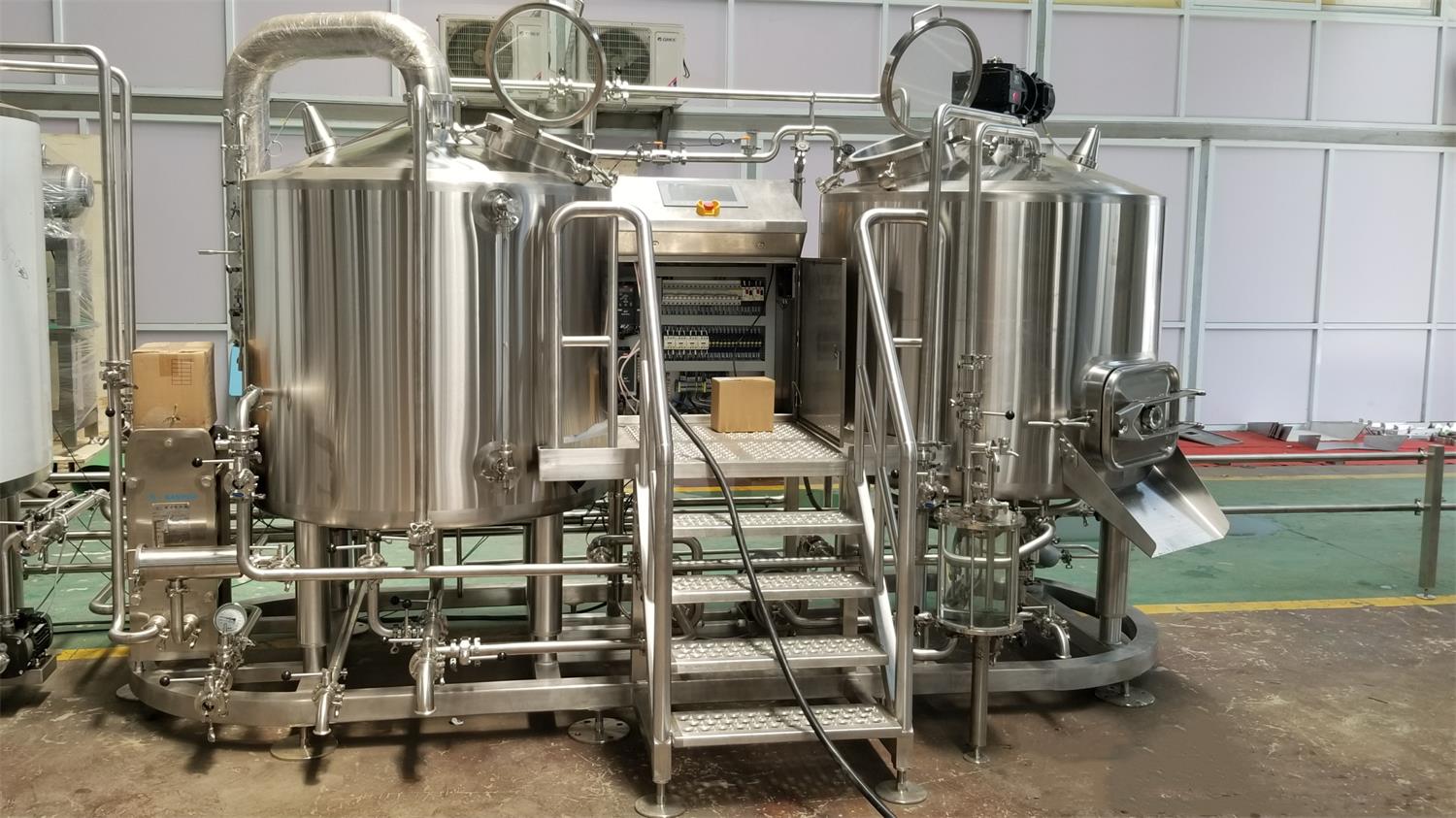How to choose a microbrewery machine
Overview of Microbrewery Machines
Microbreweries are revolutionizing the beer industry, allowing craft beer enthusiasts to brew high-quality, unique flavors at a smaller scale compared to large commercial breweries. A microbrewery machine is an essential investment for anyone looking to start their own craft beer business or enhance their brewing capacity.
What is a Microbrewery Machine?
A microbrewery machine is a specialized brewing system designed for small-scale beer production. Unlike homebrewing kits, which produce limited quantities, a microbrewery machine allows for commercial-grade brewing while maintaining the flexibility and creativity that craft beer demands.
These machines consist of essential brewing components like mash tuns, fermenters, cooling systems, and filtration units. With advanced automation and precise controls, brewers can create consistent, high-quality beer while experimenting with unique flavors and styles.
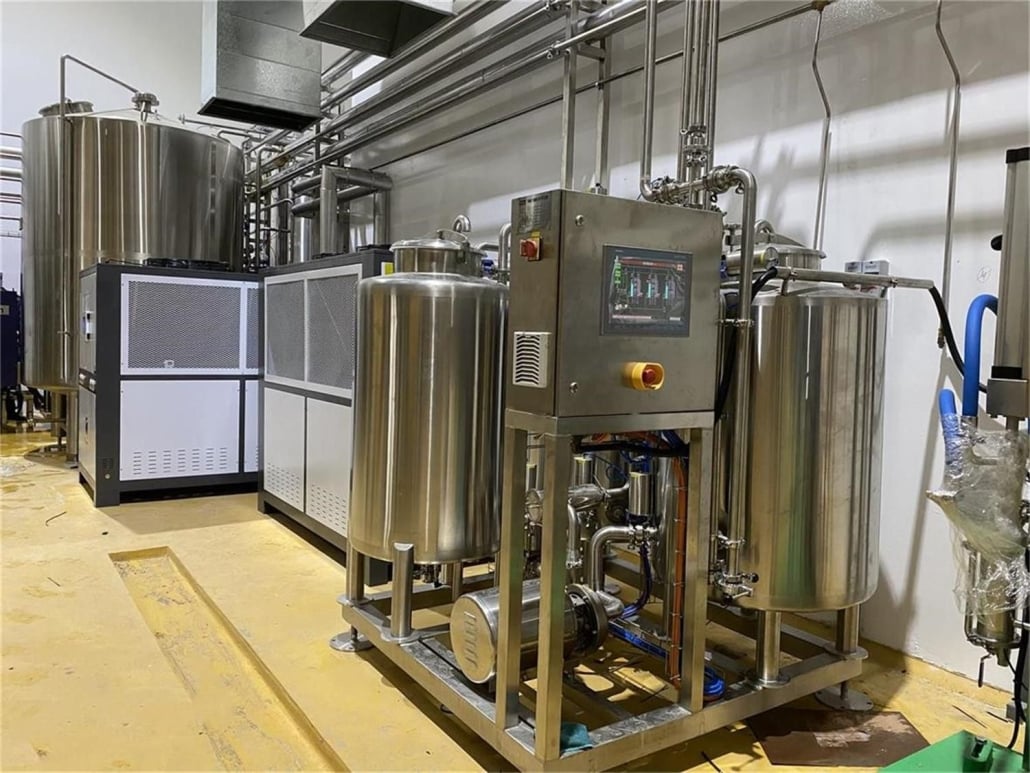
Purpose of a Microbrewery Machine
The primary purpose of a microbrewery machine is to enable small-scale beer production with professional quality. Whether you’re a passionate homebrewer looking to scale up or an entrepreneur entering the craft beer market, a microbrewery system offers:
- Quality control: Ensures consistency in brewing through precise temperature and fermentation management.
- Customization: Allows brewers to experiment with different ingredients and flavors.
- Scalability: Helps small breweries grow without the high overhead costs of a large commercial setup.
- Efficiency: Modern microbrewery machines come with automation features to optimize brewing processes and reduce labor.
Market Growth of Craft Beer
The craft beer industry has witnessed exponential growth in recent years. Consumers are shifting away from mass-produced beers, favoring artisanal and locally brewed options with distinctive flavors.
Key Statistics on Craft Beer Growth:
- The global craft beer market was valued at $95 billion in 2022 and is expected to grow at a CAGR of 10% from 2023 to 2030.
- The number of microbreweries worldwide has doubled in the last decade, reflecting increasing demand.
- Consumers are willing to pay 30-50% more for high-quality, craft-brewed beer over generic brands.
This rapid expansion presents a lucrative opportunity for aspiring brewers to enter the industry with the right microbrewery machine.
How to Choose the Right Microbrewery Machine
Selecting the best microbrewery system requires careful evaluation of various factors. Below is a comparison of key aspects to consider:
| Factor | Description |
|---|---|
| Production Capacity | Choose based on expected daily or monthly output. Options range from 50L to 5000L per batch. |
| Automation Level | Fully automated systems reduce labor but are more expensive. Semi-automated setups allow manual adjustments. |
| Material Quality | Stainless steel is preferred for durability and hygiene. Look for 304 or 316-grade stainless steel. |
| Cooling System | Essential for fermentation control. Glycol chillers ensure consistent temperatures. |
| Budget | Costs vary between $10,000 to $500,000, depending on capacity and features. |
| Space Requirements | Ensure you have adequate space for installation and operation. Compact models are available for limited spaces. |


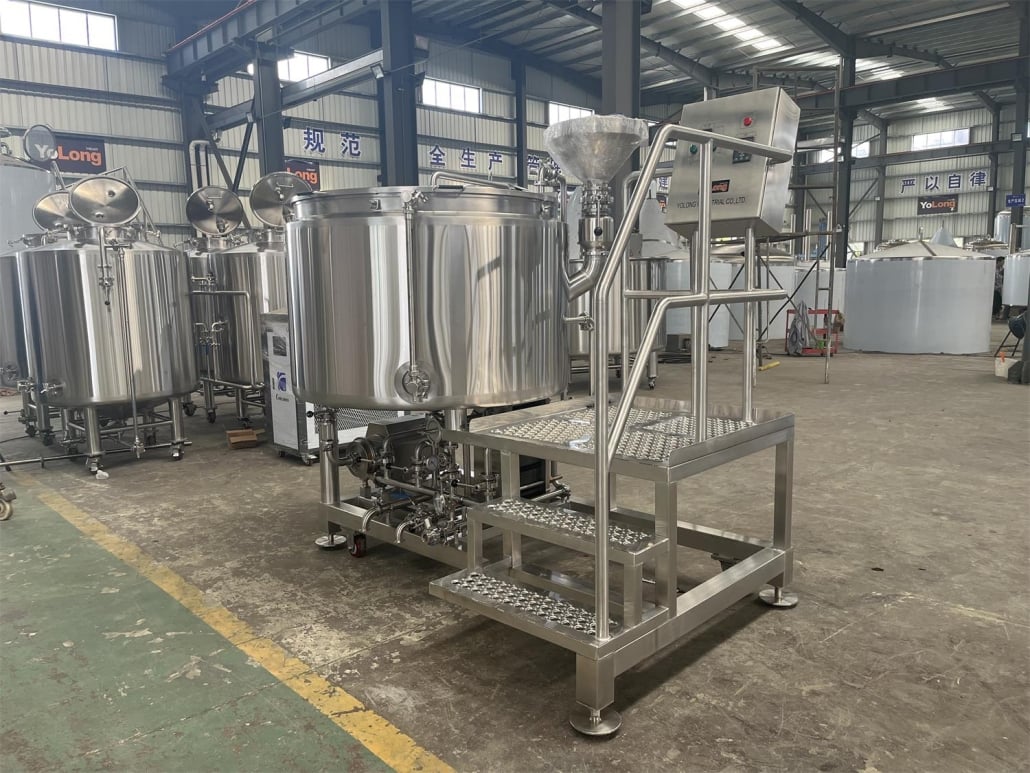
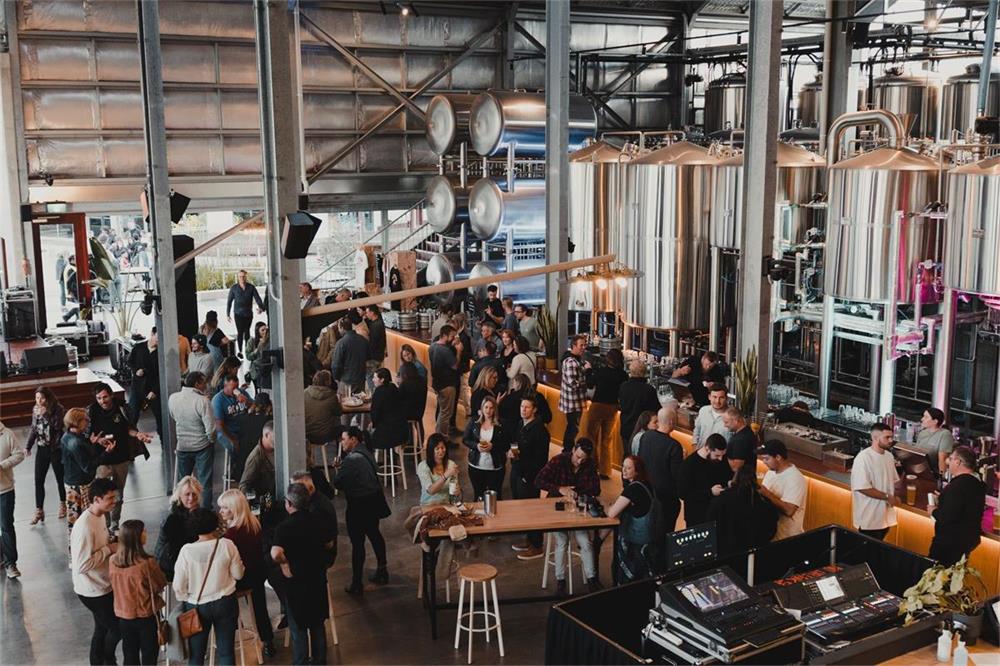
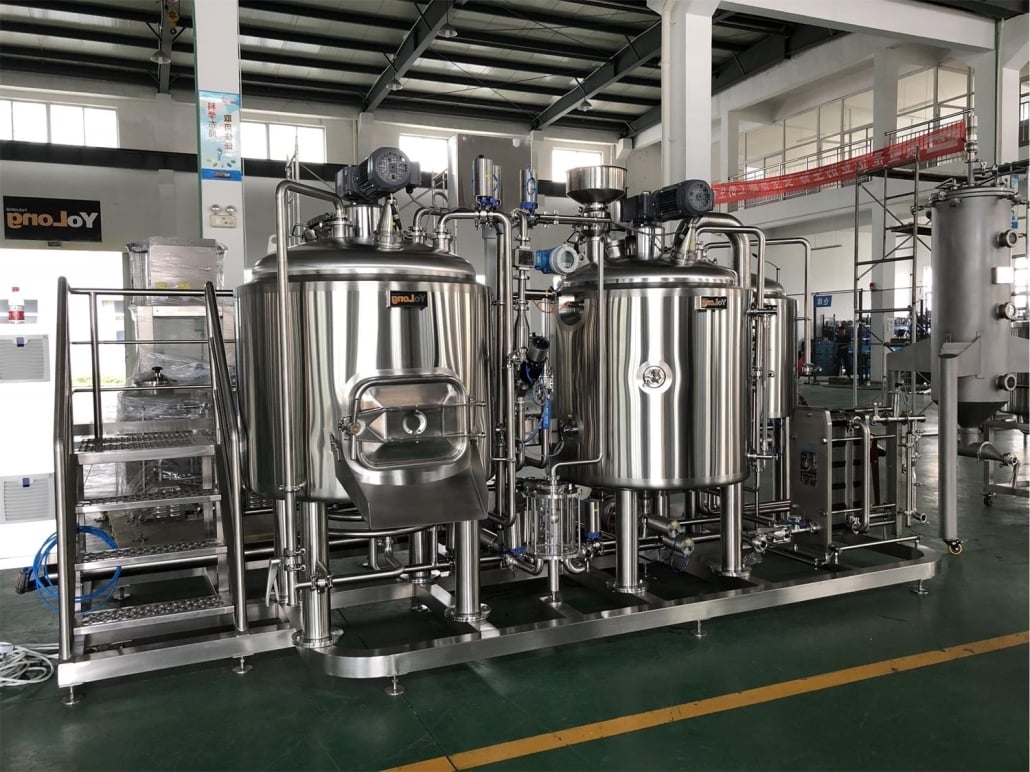
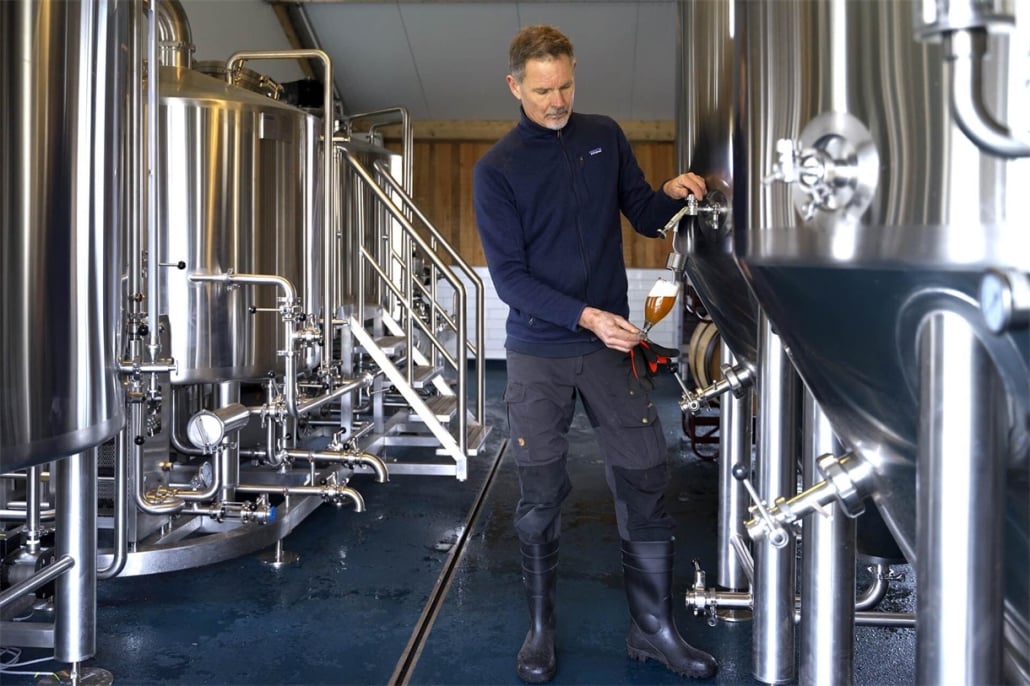
Main Components of a Microbrewery Machine
Understanding the core components helps in making an informed purchasing decision:
| Component | Function |
|---|---|
| Mash Tun | Converts starch into fermentable sugars. |
| Lauter Tun | Separates wort from grain solids. |
| Brew Kettle | Boils wort and adds hops for flavor. |
| Fermentation Tank | Where yeast converts sugars into alcohol. |
| Cooling System | Controls fermentation temperature. |
| Filtration Unit | Removes solids and clarifies the beer. |
| Kegging & Bottling | Prepares beer for distribution and sales. |
Installation & Maintenance of Microbrewery Machines
Proper installation ensures smooth operations, while regular maintenance extends equipment lifespan. Here are key considerations:
- Installation: Follow manufacturer guidelines and hire professionals for setup.
- Cleaning & Sanitization: Prevents contamination; use specialized cleaners.
- Regular Inspections: Check for leaks, temperature fluctuations, and mechanical wear.
- Software Updates: If using an automated system, ensure software is up to date.
Microbrewery Machine Price and Investment Cost
Investing in a microbrewery machine involves significant capital. Below is a general pricing breakdown:
| System Size | Price Range |
|---|---|
| 50-200L | $10,000 – $30,000 |
| 200-1000L | $30,000 – $100,000 |
| 1000-5000L | $100,000 – $500,000 |
Additional costs include licensing, raw materials, and operational expenses.
Best Microbrewery Machine Brands
Some of the top brands in the industry include:
- BrewTech – Known for high-tech automated brewing solutions.
- Ss Brewtech – Offers durable, professional-grade equipment.
- Speidel – German engineering for precision brewing.
- Blichmann Engineering – Ideal for small-scale and mid-range breweries.
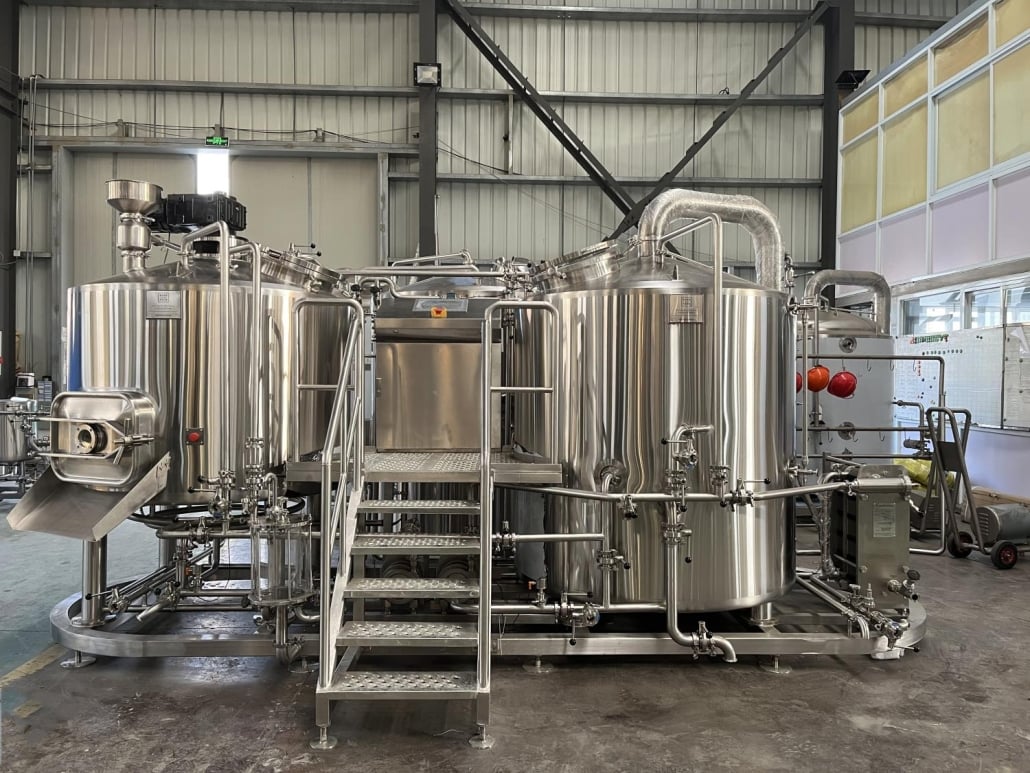
How to Start Your Own Craft Beer Business
Starting a microbrewery requires a solid plan. Here’s a step-by-step guide:
| Step | Action |
|---|---|
| Research Market | Identify trends, competitors, and customer preferences. |
| Business Plan | Outline costs, revenue projections, and marketing strategies. |
| Legal Requirements | Obtain licenses, health permits, and business registration. |
| Choose Equipment | Invest in a microbrewery machine that fits your budget and production needs. |
| Recipe Development | Experiment with unique flavors and styles. |
| Branding & Marketing | Build a strong brand and leverage social media. |
| Launch & Distribution | Sell through local bars, taprooms, or direct-to-consumer. |
FAQ
| Question | Answer |
|---|---|
| What is the best microbrewery machine for beginners? | A 200-500L semi-automated system is ideal. |
| How much space do I need for a microbrewery? | At least 300-1000 square feet, depending on scale. |
| Is brewing beer profitable? | Yes, craft breweries report 35-50% profit margins. |
| How long does brewing take? | From start to finish, it takes 2-4 weeks per batch. |
Share this entry
Interested in learning more about Brewing Systems including additional details and pricing information? Please use the form below to contact us!
YOLONG BREWERY EQUIPMENT FAQS
- Commercial Brewery / Craft Brewery / Microbrewery / Nanobrewery
- What is The Difference Between Craft Beer and Industrial Beer?
- The Bespoke Differences In Custom Brewing Systems
- Everything You Need to Know About Kettle Souring
- How to Choose Brewing Equipment for Your business?
- How To Choose The-Best Partner To Build Your Commercial Microbrewing System?
- Two Detection Sensors That You Need To Use In Your Brewhouse System
- Remote Control Applications in Brewing Equipment/How does it work?
- How To Clean Your Brand New Brewery Tanks?

